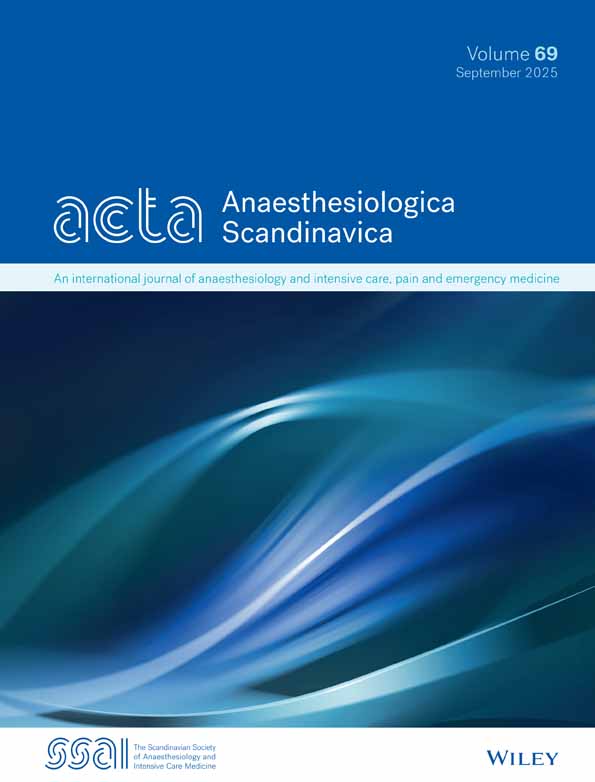PaO2 during anaesthesia and years of smoking predict late postoperative hypoxaemia and complications after upper abdominal surgery in patients without preoperative cardiopulmonary dysfunction
Abstract
Background: The incidence of late postoperative hypoxaemia and complications after upper abdominal surgery is 20–50% among cardiopulmonary healthy patients. Atelectasis development during anaesthesia and surgery is the main hypothesis to explain postoperative hypoxaemia. This study tested the predictive value of PaO2<19 kPa during combined general and thoracic epidural anaesthesia and the preoperative functional residual capacity (FRC) reduction in the 30° head tilt-down position for the development of late prolonged postoperative hypoxaemia, PaO2<8.5 kPa for a minimum of 3 out of 4 days, and other complications.
Methods: Forty patients without cardiopulmonary morbidity, assessed by ECG, spirometry, FRC and diffusion capacity preoperatively, underwent upper abdominal surgery. PaO2 during anaesthesia and preoperative FRC reduction were compared to known risk factors for the development of hypoxaemia and complications: age, pack-years of smoking and duration of operation. The effect of optimizing pulmonary compliance with peroperative positive end-expiratory pressure (PEEP) on postoperative hypoxaemia and complications was evaluated in a blinded and randomized manner.
Results: Late prolonged postoperative hypoxaemia and other complications were found in 37% and 38% of the patients, respectively. Patients with PaO2>19 kPa during anaesthesia with FIO2=0.33 exhibited a risk, irrespective of PEEP status, of suffering late prolonged hypoxaemia of 0% (0;23) and patients with PaO2<19 kPa a risk of 52% (32;71), P<0.005. Having smoked more than 20 pack-years was associated with a 47% (19;75) higher incidence of postoperative complications than having smoked less than 20 pack-years, P<0.006.
Conclusions: PaO2 during anaesthesia and smoked pack-years provide new tools evaluating patients undergoing upper abdominal surgery in order to predict the patients who develop late postoperative hypoxaemia and complications.




